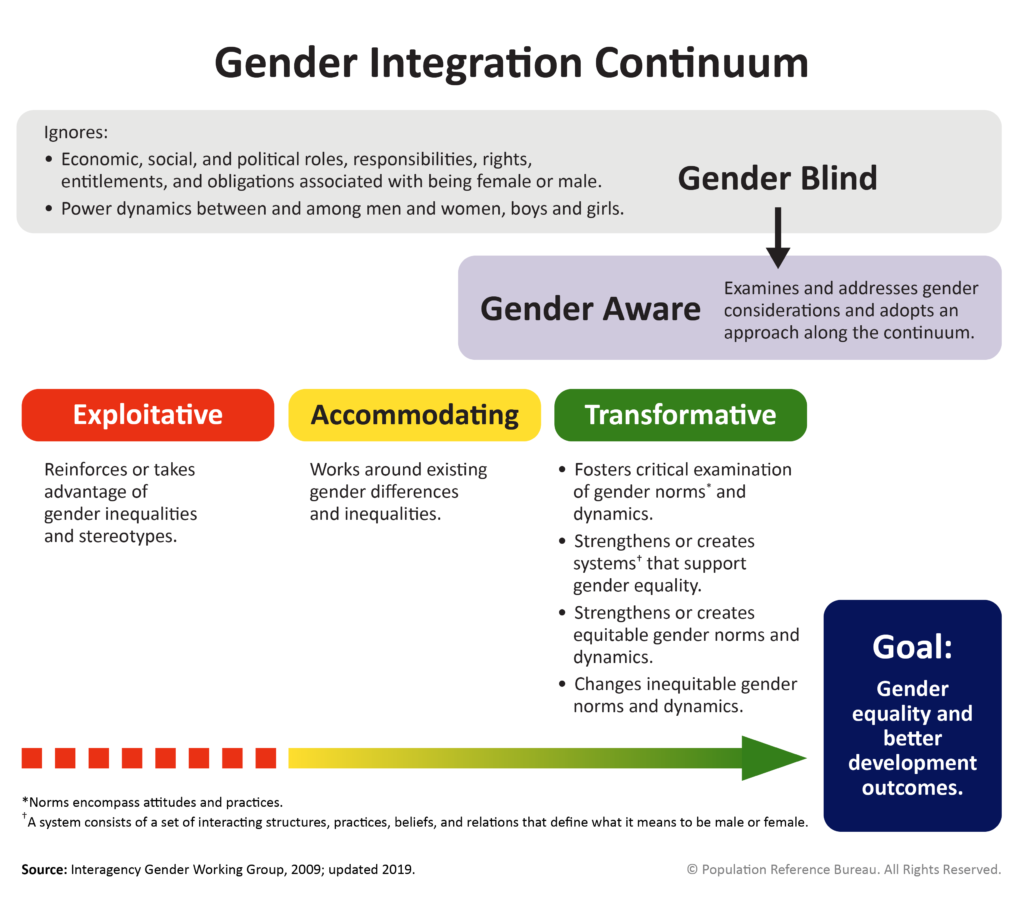Designed for use by any group, organization, or individual interested in systematically supporting and promoting women’s empowerment (with a focus on health-related issues), these operational guidelines provide step-by-step instructions on implementing the Women’s Empowerment Group (WEG) model. The WEG model explores the process of establishing secure environments for women to gain insights into maternal, newborn, and child health and nutrition and the advantages of offering savings and loan options to women lacking access to conventional financial systems, thereby enhancing their decision-making roles and overall well-being.Read More
Manual/Guide
A Guide to Better Understanding and Using Violence Against Women Prevalence Data
This guide presents an overview of the basic concepts and principles of violence against women (VAW) prevalence data, including why it is needed, what it can tell us and what it can be used for. This guide is intended for researchers, activists, policymakers, communication experts and journalists who are interested in better understanding survey data on violence against women and in better using such data for data-driven policy, programming and advocacy.Read More
Together for Prevention: Handbook on Multisectoral National Action Plans to Prevent Violence Against Women and Girls
This handbook is designed to strengthen national, multisectoral efforts for violence against women and girls (VAWG) prevention and to inspire governments and stakeholders to prioritize, fund, and commit to preventing and ending VAWG in our lifetime. This resource is intended to support countries to develop specialized National Action Plans for VAWG prevention and enhance existing national approaches.Read More
Using Social Media to Drive Public Health Outcomes: Social and Behavior Change Communication Lessons Learned
In late 2020, Meta approached CARE USA with an intriguing question: What if social media could drive social and behavior change for positive public health outcomes? Download this playbook to learn how CARE tested these methods and learn how to use social and behavior change communication tactics to increase awareness about public health, gender-based violence, economic resilience, food security, climate change, and education. Read More
How Civil Society Organizations Can Use Gender-Transformative Collective Action to Address Child Marriage and Advance Girls’ Rights: A 7-Step Guide
The aim of this guide is to catalyze higher impact through intentional gender-transformative collective action. Through a series of steps, the guide supports civil service organizations in strengthening their gender-transformative skills, knowledge, and leadership to systematically analyze and address the root causes of gender inequality, both at the individual and a systems level. Read More
Standard Operating Procedure Guidance and Job Aid for Addressing Partner Relationships and Gender-Based Violence in Pre-Exposure Prophylaxis (PrEP) Services
This standard operating procedure (SOP) guidance is intended to be utilized by programs providing PrEP so that support staff can identify clients who are experiencing intimate partner violence and provide appropriate violence response services. This SOP guidance defines procedures for using routine inquiry to identify current or potential PrEP clients who have experienced gender-based violence and for providing clients who disclose violence with adequate firstline support, referral, and follow-up in line with World Health Organization minimum requirements. Read More


